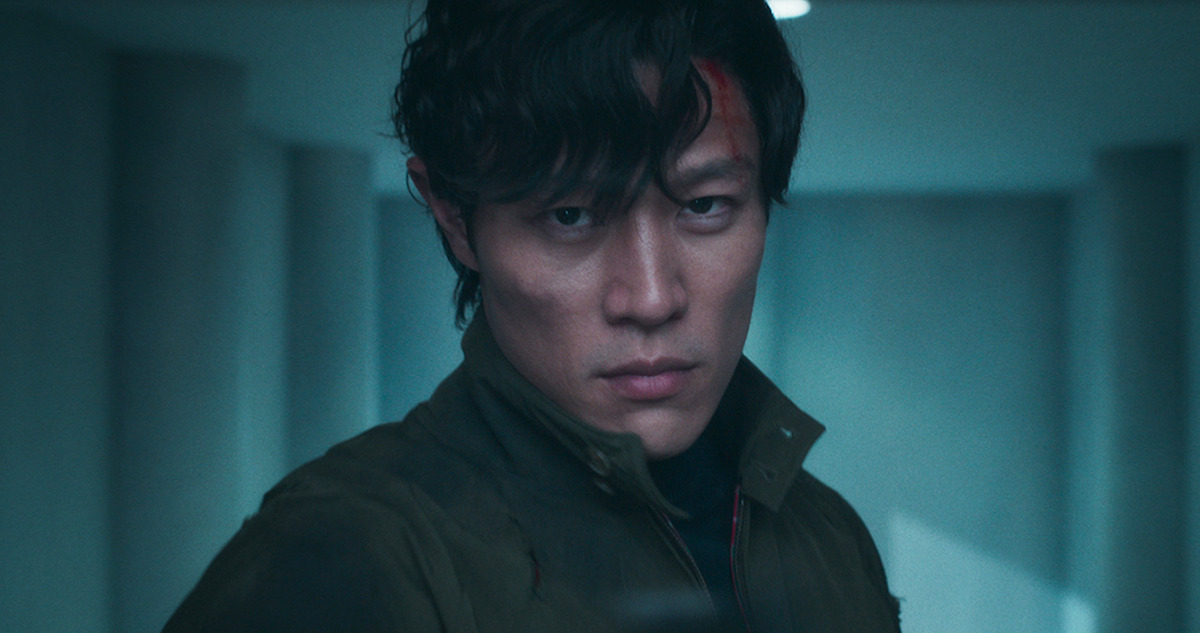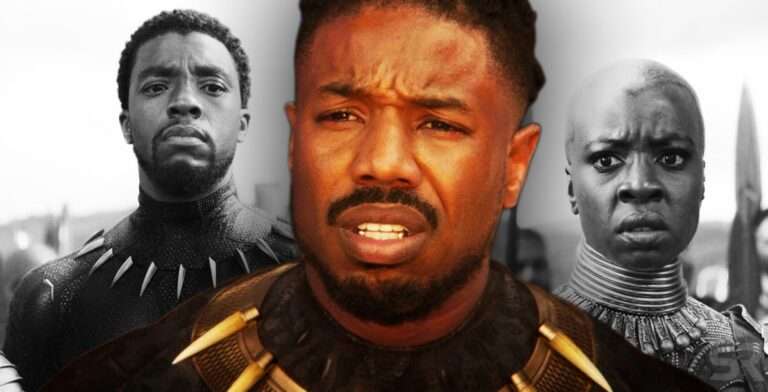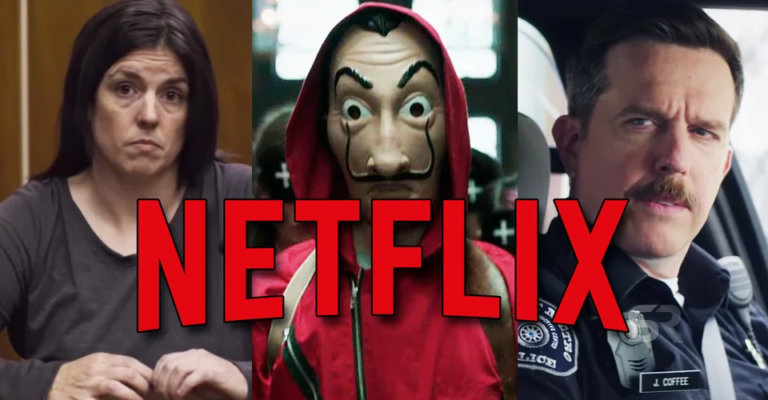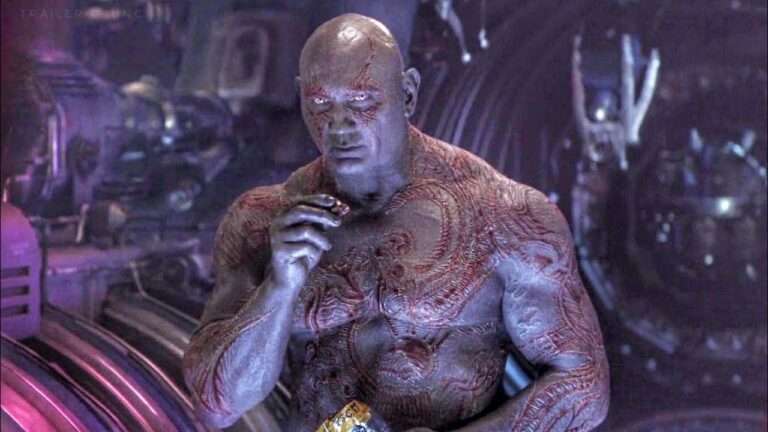City Hunter Drops Sexism for 2024 Live-Action

“City Hunter” is centered in the gritty streets of Tokyo, following the adventures of Ryo Saeba, a skilled assassin and detective whose job is to rid the streets of criminals.
Like many well-known anime franchises, City Hunter originates from a manga series, and the source material appears to be quite adaptable, having inspired numerous anime series, several animated movies, a Hong Kong live-action adaptation starring Jackie Chan, and a Korean live-action TV drama, among others. However, at its core, the movie is essentially a cartoon brought to life, whether that’s for the better or worse.
Sexism in City Hunter Manga

Contrary to his calm demeanor as a sharpshooter, Saeba’s crude jokes and sexist behavior were common in the original comic of City Hunter. Recognizing the need to adapt to modern sensitivities, Suzuki, chosen to portray Saeba in the new movie, stated that they established certain “rules.”
“We decided that in our live-action version, Ryo Saeba will respect personal boundaries and not touch anyone without consent,” the actor explains.
While the original manga, published in 1985, contained some “very explicit” content that was toned down for television in subsequent anime adaptations, “we further updated it to suit modern audiences,” Suzuki notes. This included refraining from making jokes about someone’s sexuality and incorporating an intimacy coordinator.
Additionally, Suzuki mentions that the production team of City Hunter enhanced the character of Kaori Makimura, Saeba’s partner, making her “even stronger and more independent” than her original portrayal.
Manga Live Adaptations are Safe Bets for Netflix to Invest In
“City Hunter” is part of Netflix’s ongoing efforts to adapt anime, joining the ranks of “One Piece” and “Yu Yu Hakusho” from last year.
Manga and anime are considered reliable choices for global streaming platforms like Netflix to support. This is because they already have established fan bases that have been cultivated for several decades in Japan and across Asia, as explained by Roland Kelts, author of “Japanamerica,” a book examining Japanese cultural influence in the United States.





